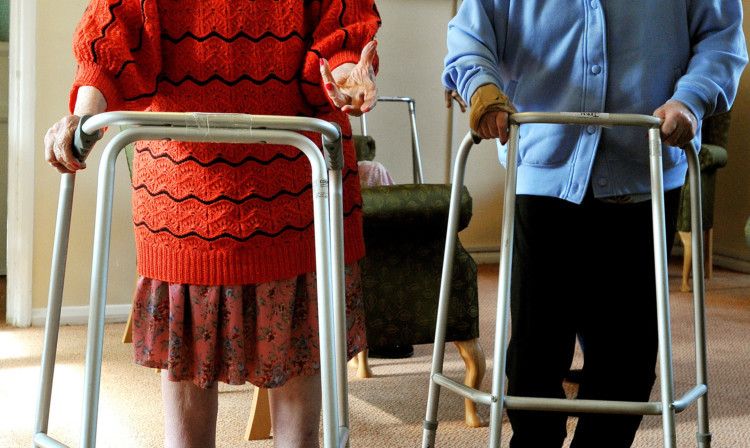
The NHS in Scotland is being forced to buy thousands of pounds worth of zimmer frames and crutches EVERY week because injured people aren’t returning them.
The Sunday Post has learned health bosses bought 37,951 pairs of crutches an average of 729 each week last year.
Another 22,633 walking frames were bought, which averages 435 a week. The overall annual bill is estimated at more than £1.5 million.
Many walking aids have been shoved in attics or sheds after use, left on public transport or in hotels. Pairs of crutches have even appeared for sale on eBay.
Last night, patients groups criticised the “shocking” amount of equipment the health service has been forced to buy.
Margaret Watt, chairman of the Scotland Patients Association, said: “Hospitals are not keeping their eye on the ball with this.
“The health service is so short of cash that we need to do all we can to save every penny. There should be a system set up to make people to bring back equipment.”
A walking frame is understood to cost the NHS about £30, while a pair of crutches is about £20.
A spokesman for NHS National Services Scotland, which provided the figures in response to a Freedom of Information Act request, revealed the total spend was about £1.5 million each year.
And the cost to the taxpayer could be even higher as the figures do not include mobility aids which councils buy for people with longer-term conditions.
Mrs Watt said patients should be hit with fines for not returning equipment.
“It must be costing a fortune,” she said. “It should be like when you rented a movie out of a video shop.
“If they are not brought back after a certain time, there should be a fine of £20, for example.
“This equipment belongs to the people and we shouldn’t be paying for it over and over again because people are not returning it.”
A spokesman for Luggage Point, which manages the lost property service at Glasgow Airport, said walking aids were common items handed in to lost and found.
And at Travelodge hotels, forgetful guests have left zimmer frames in their rooms, as well as more bizarre items such as prosthetic limbs.
Scottish Conservative Health spokesman Jackson Carlaw said: “One-off instances may be no big deal for the NHS, but when you multiply these by several thousands of pounds, the cost mounts up.
“In any other walk of life, if you fail to return something that is essentially borrowed, steps are taken by the owner to ensure its safe return.
“Perhaps that is something the NHS has to explore before this problem gets any worse.”
He said ex-patients and individual hospitals should also take some responsibility.
Mr Carlaw said: “Many of these cases will be down to people not realising they have to return crutches and zimmer frames, so perhaps that message needs to be better communicated.”
A spokesman for NHS National Services Scotland said it would be a decision for the Scottish Government whether to introduce fines.
He said: “We set up the national contract for these devices to get best value for the taxpayer.
“It is in everyone’s interest to see best use of public resources, and they belong to the issuing local health board, so they should be returned as soon as people are
finished with them.”

Enjoy the convenience of having The Sunday Post delivered as a digital ePaper straight to your smartphone, tablet or computer.
Subscribe for only £5.49 a month and enjoy all the benefits of the printed paper as a digital replica.
Subscribe